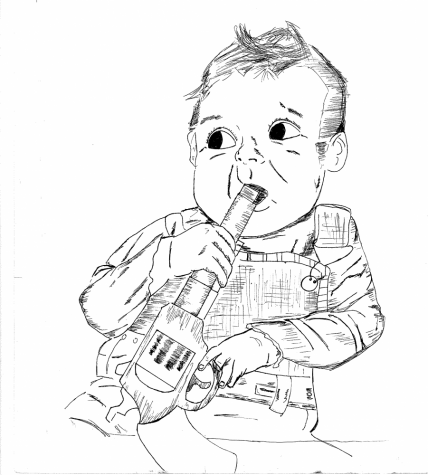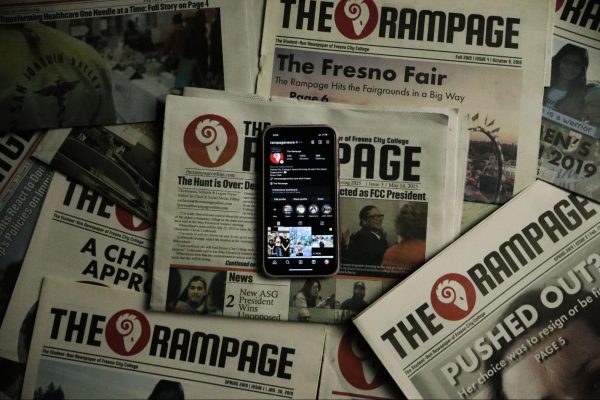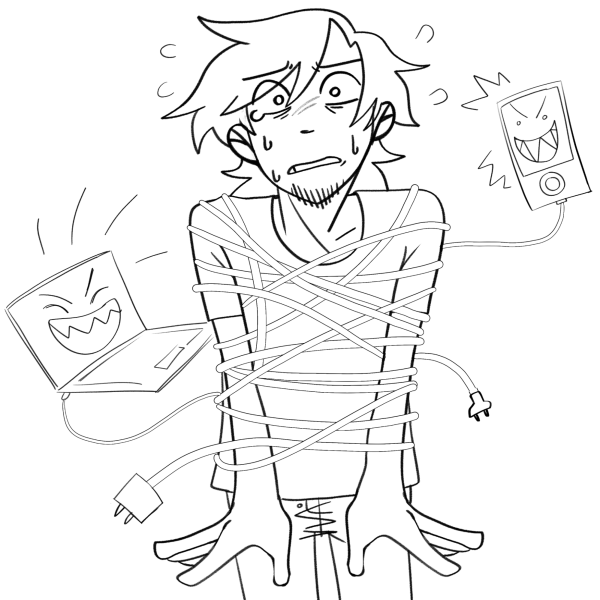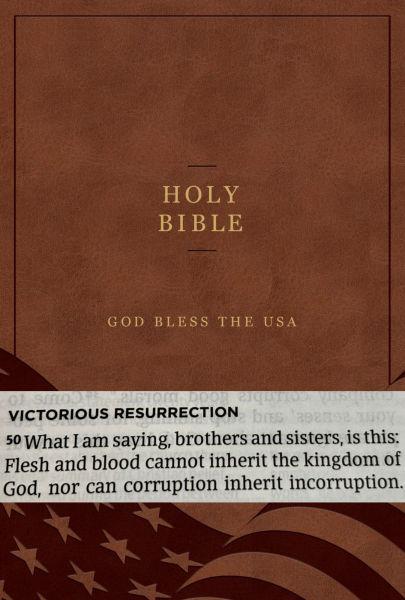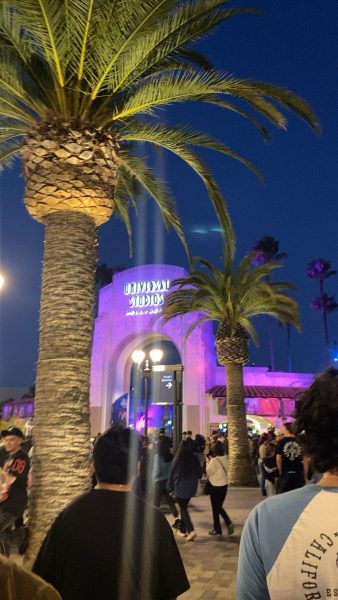The Tea: How We Lead with the Lede
In the era of clickbait and a president who calls the press the “enemy of the people,” it’s more important than ever to understand how and why journalists do the work they do. In this weekly column Tommy Tribble, editor-in-chief of The Rampage, hopes to clear up misconceptions about student journalism.
Readers should know the whole story from the very first line.
That’s the first thing we learn in a journalism class. It’s so contrary to every other type of writing. Most beginnings are a hook, a hint, a tease. It’s always important, but not always for the same reason.
But an article isn’t a book isn’t a memoir isn’t a poem isn’t a play. All of those things have a use–to entertain, to create, to shed light on the darkest contours of the human experience.
Articles have a use too. But it’s not to create. While we hook, we don’t hint. We tell, but we don’t tease. Journalism is all about utility; the first line of an article is all about being useful. It’s really the only thing that matters.
The first sentence is useful because it gives away the ghost. It tells the reader everything they need to know, boiling the story down to its most basic element. Every other paragraph is about filling in the blanks of the lede.
So imagine you’ve just finished Jordan Peele’s “Us,” a new horror film starring Lupita Nyongo about sinister doppelgangers. You’re sitting there with your friend from work, you’re feeling good, feeling gorgeous because you just watched a fire piece of cinema.
“Does this movie have an after credits scene?” your friend from work asks. She went to film school so she wants to deconstruct all over the damn place and needs every last piece of the puzzle. But you don’t really know.
So you get that phone out and you do a good old google search. “Does ‘Us’ have an after credits scene?”
An article pops up. You click on it because you’re a fool and you’ve forgotten that it’s 2019. The lede talks about what the movie that you’ve already seen is. It goes on to describe “Get Out,” Jordan Peele’s last film, and tries to awkwardly tie it into a movie that is fundamentally different.
You keep reading. You and your friend are still sitting in the dark. Some people are leaving but many have chosen to stay behind to see, you know, if the damn movie has an after credits scene.
You learn in the final paragraph that no, it does not.
So anyways, throw journalism in the trash and throw the trash into the sun.
But the thing to understand is that a lot of these sites aren’t concerned that much with informing people. That’s probably what those journalists set out to do when they got their degrees, but it’s not the role they ended up playing.
Their articles are the set dressing for advertisers, because that’s what makes money on a website. It’s all about that adsense. So in this way the utility of the lede isn’t to inform, it’s to drag out. It’s to keep the reader on the page as long as possible, often past a midroll advert that they must scroll most.
We don’t do that at the Rampage. They don’t do it at the New York Times or the Washington Post either. Their utility, our utility, the utility of this column is to inform.
So when we write for you, readers, we write knowing that our first sentence is more likely than not all you’ve got time to read, or at least all you care to read. So the headline turns the heat on the teapot, and the lede pours the chai right into your cup.
The rest of the article is, um, well, the tea metaphor doesn’t really extend that far, but let’s just say it’s about the details.
In the simplest sense, an article is written so that the most important, foundational information is at the top. The least important information is at the bottom.
The utility is simple: I want to know if “Us” has an after credits scene. The lede tells me it doesn’t. Great! I can leave the theater.
And that’s the tea.

Tommy Tribble is the 25-year-old editor in chief of the Rampage, formerly the opinion editor. Tommy is an English major, a writer, an aspiring novelist,...



